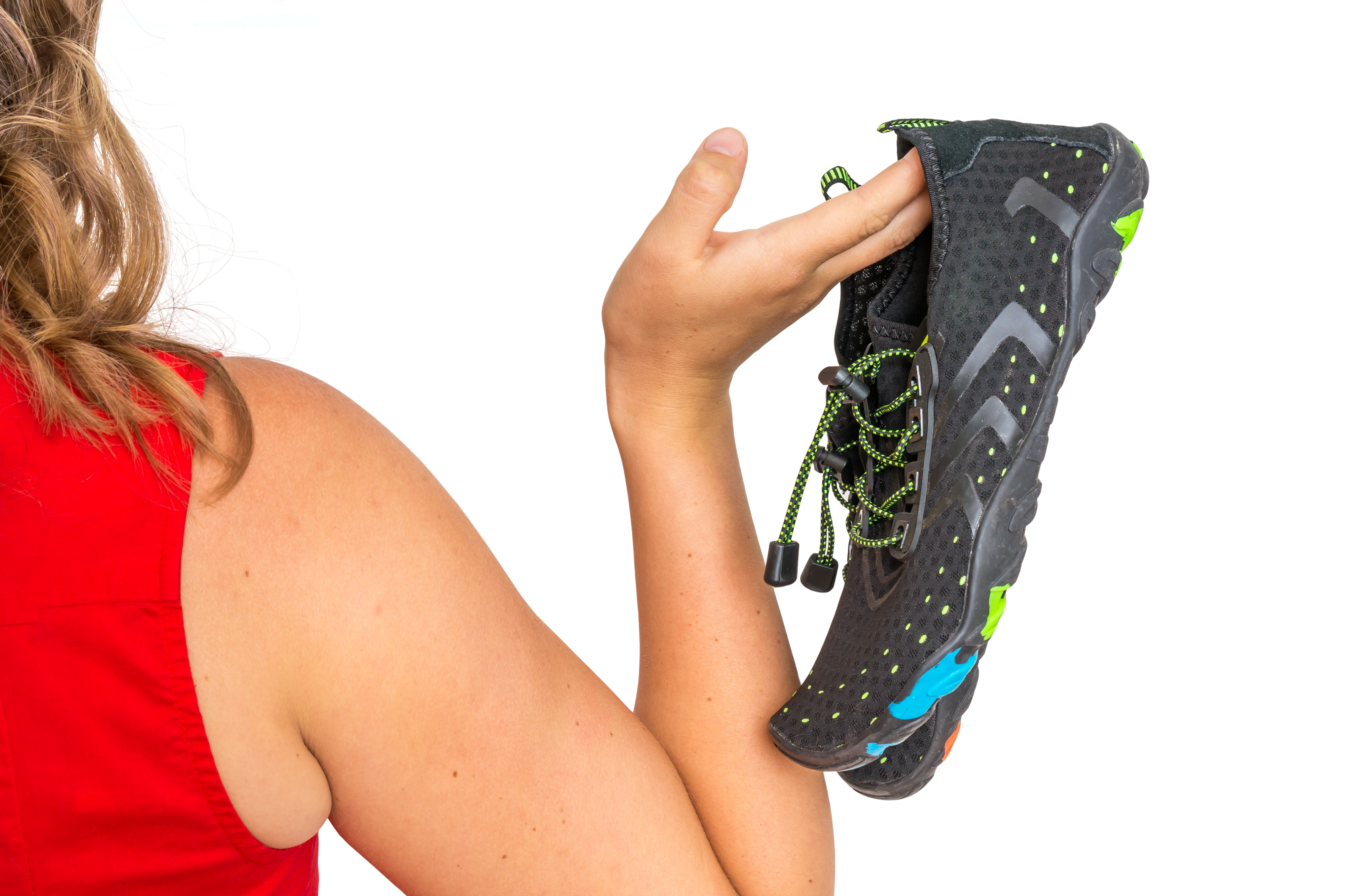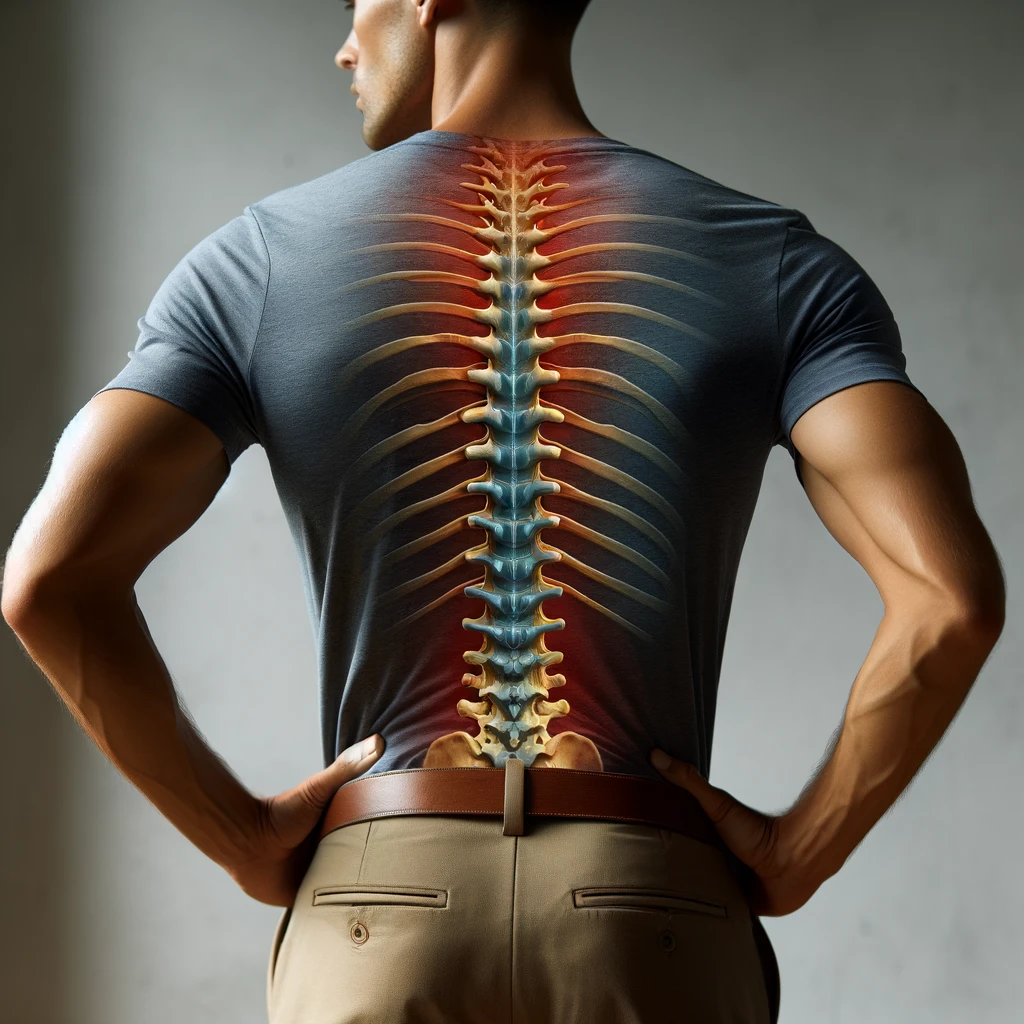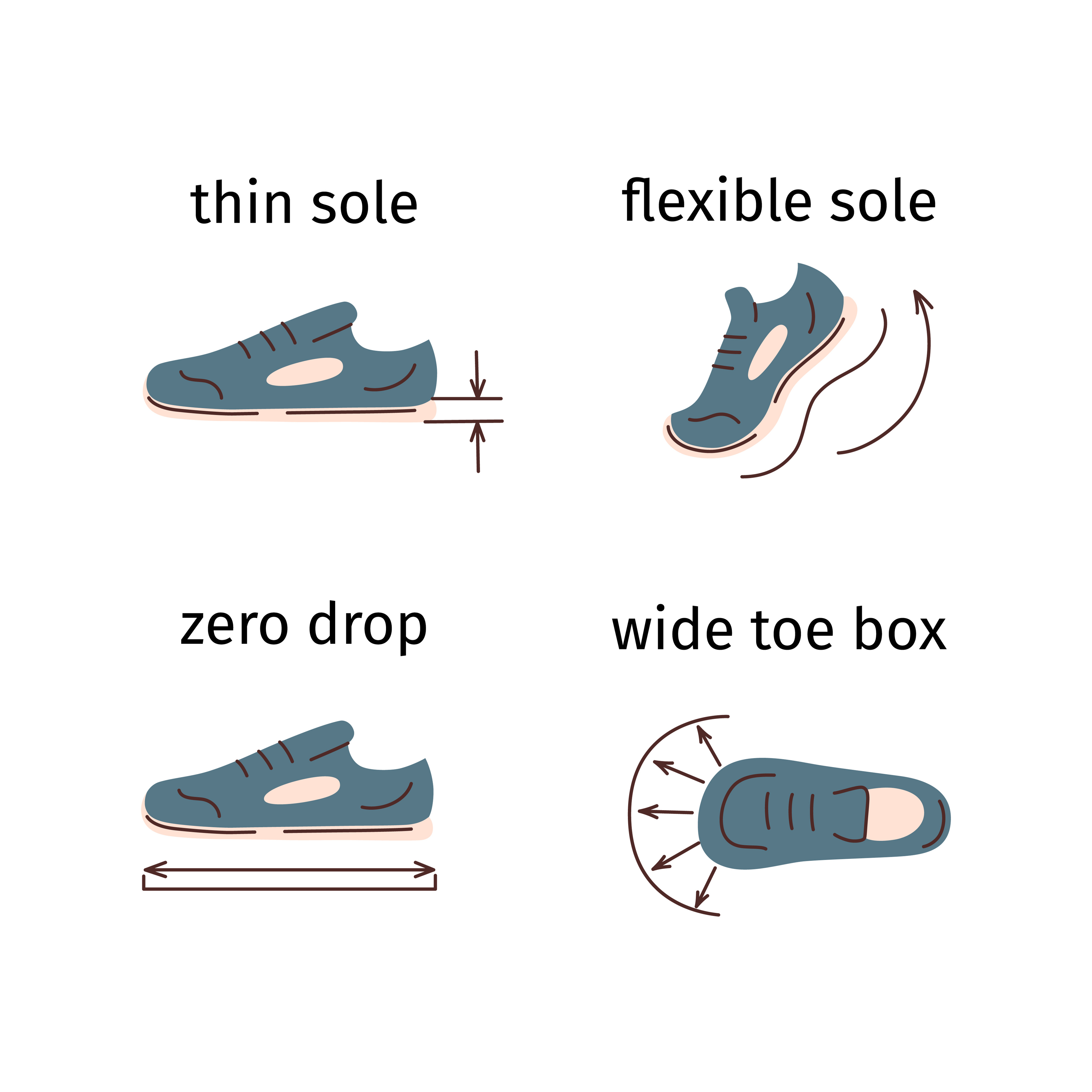In the world of footwear, the debate between barefoot shoes vs regular shoes is gaining traction. But which is truly better for your feet and overall health? As more people explore minimalist footwear, understanding the differences and benefits of each type can help you make an informed decision. Whether you’re a seasoned runner, a fitness enthusiast, or someone looking to improve foot health, this comparison will guide you toward the best choice for your needs.

Understanding Barefoot Shoes and Minimalist Footwear
Barefoot shoes, also known as minimalist shoes, are designed to mimic the natural shape and function of the foot. Featuring a thin sole, minimal cushioning, and a wide toe box, they allow your toes to splay naturally. In contrast, regular running shoes typically have thicker soles, significant cushioning, and a narrower toe box.
The key difference lies in the level of support and protection they offer, with barefoot shoes providing a more natural feel and regular shoes offering more structured support.
Barefoot Shoes vs Regular Shoes: Health Benefits
Foot Strengthening
One of the main advantages of barefoot shoes is their ability to strengthen your foot muscles. Regular shoes often provide excessive support, leading to weaker foot muscles over time. Barefoot shoes encourage natural foot movement and muscle engagement, which can enhance overall foot health.
Posture Improvement
Barefoot shoes lack a heel-toe drop, meaning the heel is not elevated, which helps maintain a neutral body alignment and centers your weight over your feet, reducing stress on joints like ankles, knees, hips, and back. These shoes feature thin, protective soles that allow you to feel the ground and improve prioproception. Also, they have a wider, foot-shaped toe box, which allows your toes to spread naturally, enhancing balance, stability, and posture.
Injury Prevention
Barefoot shoes can also aid in injury prevention. By allowing your feet to move naturally and providing better ground feedback, they help improve balance and reduce the risk of injuries. Regular shoes, with their cushioned soles, can sometimes mask poor running form, leading to overuse injuries.

Barefoot Shoes vs Regular Shoes: Performance and Comfort
Running Efficiency
Barefoot shoes promote a more efficient running style by encouraging a midfoot or forefoot strike. This reduces the impact on your joints and improves running economy. Regular shoes often promote a heel strike, leading to higher impact forces and potential injuries.
Ground Feel and Flexibility
Minimalist footwear provides a better ground feel, allowing you to connect with the surface you’re running on. This enhanced proprioception can improve balance and agility. Regular shoes, with their thick soles, reduce the sensory feedback from the ground.
Cushioning and Support
While barefoot shoes offer minimal cushioning, they provide enough protection for your feet while allowing natural movement. Regular shoes, however, offer significant cushioning and support, which can be beneficial for those with specific foot conditions or who prefer a softer landing.

Barefoot Shoes vs Regular Shoes: Durability and Cost
Long-Term Cost Efficiency
Barefoot shoes can be more cost-effective in the long run. Although they might have a higher upfront cost, their durability often exceeds that of regular running shoes. Minimalist footwear tends to wear out slower, making them a better investment over time.
Material Quality
The materials used in barefoot shoes are typically of high quality, designed to withstand various terrains while maintaining flexibility. Regular shoes, with their complex structures and cushioning, may require more frequent replacements due to wear and tear.
Lifespan Comparison
When comparing the lifespan of barefoot shoes to regular shoes, minimalist footwear often comes out on top. The simplicity of their design means fewer components that can wear out, extending their usability.
Final Verdict
Choosing between barefoot shoes and regular shoes depends on your personal preferences, needs, and lifestyle. Barefoot shoes offer numerous health benefits, including improved foot strength, better posture, and reduced injury risk. On the other hand, regular shoes provide substantial cushioning and support, crucial for those with specific foot conditions.
Ultimately, the best shoe for you will align with your activities and personal comfort. Whether you opt for the minimalist approach or stick with traditional running shoes, the most important thing is to find a pair that supports your overall health and wellbeing.
Shoe Recommendations
When it comes to choosing the best footwear, selecting the right shoe can significantly impact your overall comfort, performance, and foot health. Here are some top recommendations for both barefoot shoes and regular running shoes.
Best Barefoot Shoes
Vivobarefoot
Why:
- Barefoot Feel: Vivobarefoot shoes feature an ultra-thin, puncture-resistant sole that allows you to feel the ground beneath your feet. This design enhances your body’s natural feedback mechanisms, which can improve balance, agility, and sensory perception.
- Lightweight Design: As one of the lightest shoes in Vivobarefoot’s lineup, the Primus Lite III minimizes the load on your feet.
- Durability: Despite their minimalist design, the Primus Lite III shoes are built for the wear and tear of urban environments.
- Eco-Friendly: Committed to sustainability, Vivobarefoot uses eco-friendly materials throughout the Primus Lite III.
- Versatile Style: The sleek, modern design of the Primus Lite III makes them versatile enough to transition from a morning run to casual daily wear.
My Review: I tried their proprietary shoe-sizing feature using photos of my feet, and it sized me a size too small. I would recommend you skip their sizing feature and buy your normal sized shoe. The toe splay was the widest of the brands I tested.
Xero Shoes
Why:
- True Barefoot Feel: Xero Shoes are known for their “FeelTrue” technology, a super-thin, flexible sole that gives you the closest feel to being barefoot while protecting your feet from rough terrain.
- Ultra Lightweight: The HFS model is incredibly lightweight, which reduces foot fatigue and allows for uninhibited movement.
- High Breathability: Featuring a breathable mesh upper, the HFS ensures your feet stay cool and dry.
- Durable Construction: The sole is made from a special rubber that provides excellent grip and abrasion resistance, making these shoes suitable for both urban and trail environments.
- Protective Yet Sensory: While the thin soles allow for ground sensation, they are also tough enough to protect from sharp objects and rough surfaces.
My Review: I bought my first pair over two years ago and still wear them often. The toe splay is slightly less wide than Vivobarefoot’s, but it is still excellent and better than what you will get with regular shoes. Being based in the USA, the shopping experience is a little easier than with Vivobarefoot. Also, the price point is slightly lower.
Best Regular Running Shoes
Nike Pegasus
Why:
- Advanced Cushioning: Nike’s Pegasus line features their signature Zoom Air cushioning technology
- Versatile Performance: Their all-around performance makes them a go-to choice for daily training and competitive races alike.
- Durability: The outsole is designed with abrasion-resistant rubber in high-wear areas.
- Breathable Design: The mesh upper in Nike Pegasus shoes offers excellent breathability, keeping your feet cool and dry.
- Progressive Fit: Nike continually evolves the fit and feel of the Pegasus line with each iteration, integrating features like a more secure midfoot and wider toe box.
New Balance Arishi
Why:
- Innovative Cushioning: At the heart of the Arishi V4 is New Balance’s proprietary Fresh Foam technology. This advanced cushioning system is precision-engineered to provide an ultra-cushioned, lightweight ride.
- Lightweight Construction: The shoe is designed to be exceptionally light, ideal for runners who appreciate a shoe that facilitates a feeling of speed and agility.
- Breathable Upper: The engineered mesh upper of the Arishi V4 offers superb ventilation, keeping your feet cool and comfortable.
- Versatile Design: New Balance has crafted the Arishi V4 to be versatile enough for various types of running, including road running, treadmill, and light trails.
- Affordable Quality: Competitive price point for budget-conscious runners who don’t want to compromise on quality and comfort.
Final Thoughts
No matter which type of shoe you choose, it’s important to select footwear that supports your overall health and wellbeing. By understanding the unique benefits of each, you can make an informed decision that enhances your comfort and performance in daily activities.
Stay informed and get the latest updates on footwear trends and health tips by subscribing to the Gorilla Gazette below!


Leave a Reply